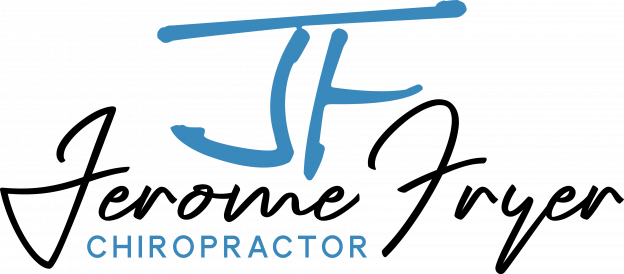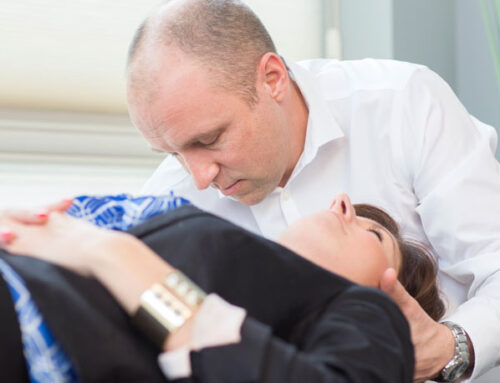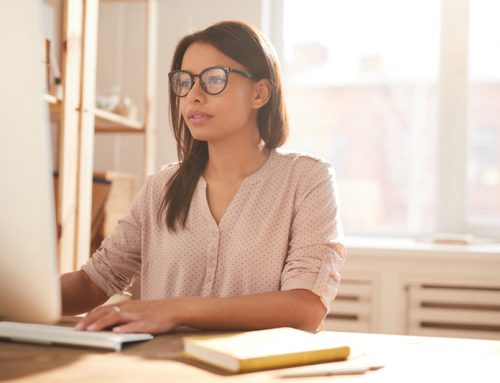 I am on my way to Chicago, the windy city; and I agree. With three visits here in the last year I almost feel like a local. Alaska airlines has wifi so I sit here, shoulder to shoulder, typing away in hopes that my firing arm does not bug the guy beside me too much.
I am on my way to Chicago, the windy city; and I agree. With three visits here in the last year I almost feel like a local. Alaska airlines has wifi so I sit here, shoulder to shoulder, typing away in hopes that my firing arm does not bug the guy beside me too much.
I feel “lucky to be” going to the Congress of Neurosurgeons Meeting. I get to interact with the brightest minds on the planet, sharing my knowledge in hopes I can contribute, at least a little, through my spine models. I have a couple of new models to showcase and I often turn heads.
One of the models I have created is a midsagittal model. This is a slice of the spine we often see on MRI and/or CT scan. It is a slice right through the center of your body from fron to back.
 This is an important slice because this is where you often see central disc bulges that radiologists report on. I find it interesting how many radiologists report these disc bulges as “normal”. We know when a tire is low, for example, on a car and spinal discs are sort of like this. But instead of air there is ( or at least there is supposed to have ) water in the middle. Often when I attend these conferences there is always at least one medical company looking for ways to pump up a disc. We know that bulging discs are often painful discs. But not always.
This is an important slice because this is where you often see central disc bulges that radiologists report on. I find it interesting how many radiologists report these disc bulges as “normal”. We know when a tire is low, for example, on a car and spinal discs are sort of like this. But instead of air there is ( or at least there is supposed to have ) water in the middle. Often when I attend these conferences there is always at least one medical company looking for ways to pump up a disc. We know that bulging discs are often painful discs. But not always.
You can watch this model in action as the nucleus pushes outwards under load. Here you can see what things look like at that middle slice.
Furthermore, I have learned and re-learned that there is a special nerve right in the vertebrae called the basivertebral nerve. This is a nerve that seems to be gaining significant interest in spinal science. It is not a new nerve but it is one that is getting more and more interest. There are even some surgical procedures that go in through the back and zap this nerve. This is last resort for those patients that do not respond to other types of care. The problem is trying to figure out who is a candidate for this procedure. And I don’t even think it is available in Canada. But you can also see how important this research is as the authors won an award.
So my job (I feel) is to share new important research so we can get a little smarter treating patients. I am thankful for those patients I can help, but it is those that I cannot that intrigues and saddens me. And for those who have given me a chance–thank you. I will continue to learn and be better. Those are the teachings my parents have laid upon me.
Like I said, I am lucky to be where I am. JF








Leave A Comment
You must be logged in to post a comment.